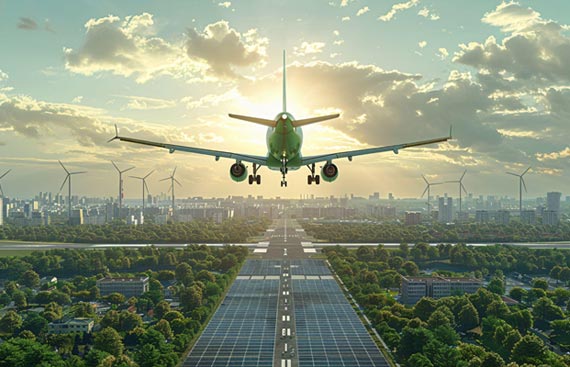India Emerges as the Driving Force in Asia's Aviation Expansion

The Asia–Pacific region is poised for a significant surge in air traffic. According to a newly released forecast from Airbus, airlines across the area will require approximately 19,560 additional aircraft in the coming years to meet growing demand. This projection underscores the region’s expanding role in the global aviation landscape.
Asia–Pacific’s Rapid Growth in Air Travel
Passenger traffic in the Asia–Pacific region is projected to grow at 4.4 percent annually, outpacing the global average of 3.6 percent. For travellers, this translates into more flights, expanded route networks, and enhanced connectivity both within the region and to the rest of the world.
India has emerged as one of the fastest-growing aviation markets globally. As millions of Indians take to the skies each year, airlines are scaling up operations and placing some of the largest aircraft orders worldwide. This momentum is being driven by robust demand for domestic and international travel, rapid expansion by low-cost carriers, significant airport upgrades, and a young, increasingly mobile population.
Massive Aircraft Demand and Its Impact
Airbus forecasts that Asia-Pacific will require approximately 3,500 widebody aircraft—large jets used on long-haul international routes—representing 43 percent of global demand for this category. The region is also expected to need 16,100 single-aisle planes, accounting for 47 percent of worldwide deliveries of these short- to medium-haul workhorses. In total, nearly half of all new aircraft delivered globally over the next two decades will operate in the Asia-Pacific. According to Airbus, 68 percent of these aircraft will support fleet expansion, while 32 percent will replace older models. This replacement cycle will contribute to lower aviation emissions, as new-generation aircraft offer significantly improved fuel efficiency.
Airbus notes that its latest widebody models deliver up to 25 percent better fuel efficiency and reduced carbon emissions—an encouraging development for sustainability-minded travellers. For passengers, this substantial fleet growth is likely to result in greater choice, more competitive fares, the launch of new international routes, enhanced onboard experiences, and improved reliability thanks to younger, quieter, and more efficient aircraft.
Driven by rising passenger numbers, the expansion of low-cost carriers, and major airport investments, the Asia–Pacific region is entering a new phase of exciting growth. With India and China at the forefront, the area is expected to remain one of the world’s most dynamic aviation markets through 2045.
